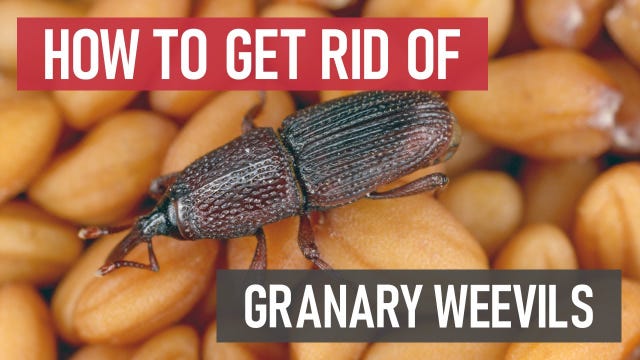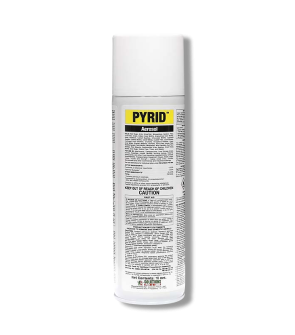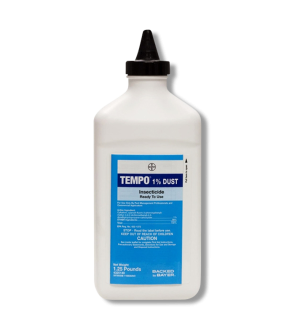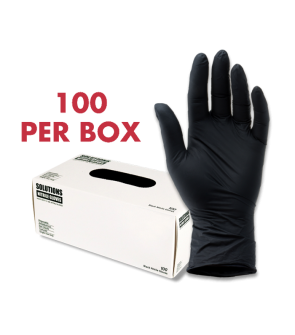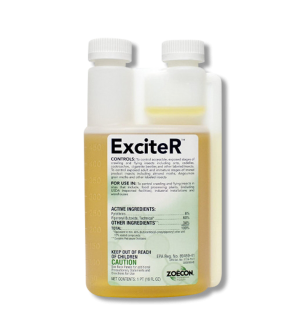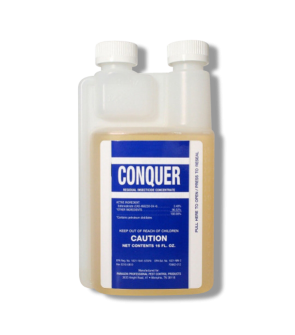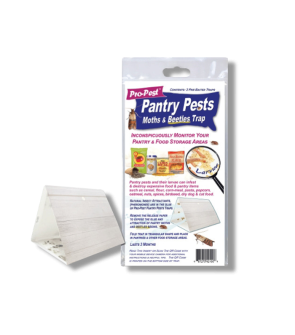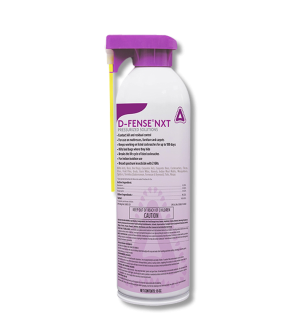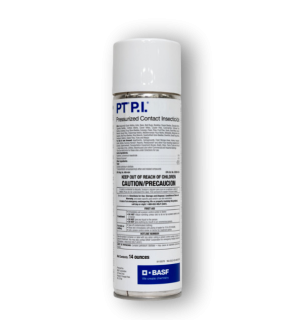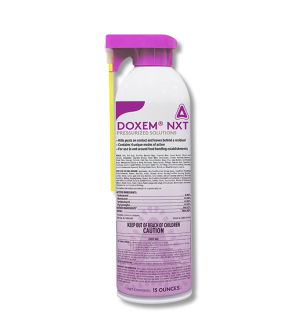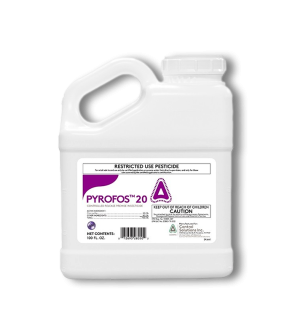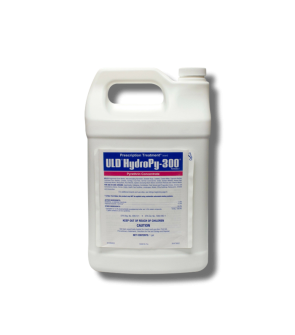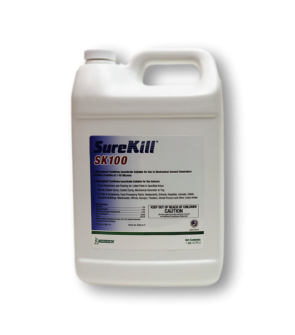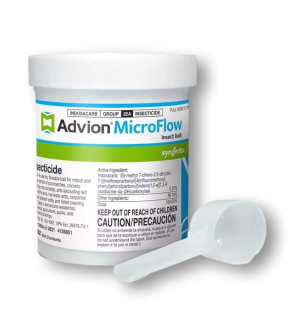Gain access to personalized product screening, the best pricing, rewards, and more!
Most Effective Products
Granary Weevil Control: How To Get Rid of Granary Weevils
This page is a general granary weevil control guide. Using the products and methods suggested, you will get control of granary weevils. Follow this guide and use the recommended products; we guarantee 100% control of granary weevils.
Storing too much food in your pantry that you don’t intend to eat anytime soon can be risky, as it may lead to an infestation of pantry pests. One notorious culprit that can alarm homeowners in this type of way is the granary weevil, also known as wheat weevil or grain weevil. This pantry pest is known for contaminating grains and wheat products by laying eggs in the kernels and making the food unfit for human consumption.
Adult granary weevils lay eggs in food and can release eggs rapidly to bring upon a new generation of contaminators. A single weevil will lay up to 250 eggs, and both adult and larval weevils devour grains, rendering them inedible. Unfortunately for homeowners, weevils are nearly impossible to detect until a massive number crawls around in your food storage.
If you have a problem with granary weevils in your home, there is a way to eliminate them. Our DIY guide below contains expert how-to advice using professional-grade products so you can eliminate the granary weevil infestation yourself.
Identification
Before treatment, you must ensure you’re dealing with granary weevils. Careless identification can lead to using the wrong treatment products, which can cost you time and money. You may need a microscope or magnifying glass to identify the following characteristics.

- The granary weevil is a cylindrical-shaped beetle about 3-5 mm long when fully developed. Their size will depend on the size of the grain they infest; millet will produce smaller weevils while corn will produce larger weevils.They are uniformly reddish brown, and, like all other weevils, they possess a long, narrow snout. They also have an 8-segmented antenna.
- Adult granary weevils have ridged winged covers and oval pits on the thorax. However, these wings are fused together, rendering them flightless, unlike other pantry pests like the rice and maize weevils. Instead, they use their six legs to walk long distances to breed and feed.
- Eggs will appear as small white clusters in infested products. As a result, they are rarely seen.
- Granary weevil larvae are small, c-shaped, and legless. These grub-like larvae are also white with a tan head.
Use the image and description above to help identify granary weevils. If you are unsure, contact us, and we will help you determine the problem.
Inspection
Once you have identified the granary weevil, you need to know the areas that granary weevils are infesting. During the inspection, you will focus on finding these “hotspots” where they are commonly found.

Where To Inspect
Granary weevils prefer to infest whole grains, cereals, starches, and grain products stored in warehouses, mills, pantries, and other food processing facilities as opposed to finer goods like flour. The smaller particles of fine or powdered grain products are unsuitable as food sources for granary weevils unless they are caked together.
Common items they infest are grains (including the broken kernels and dust), rice, wheat, pasta, barley, corn, flour, pasta, cereals, beans, nuts, rye, buckwheat, oats, stored cotton, grapes, cornmeal, and other dry goods.
What To Look For
Because granary weevils prefer milder temperatures, they’re typically found in the northern United States, no further south than North Carolina. If your home has become infested with pantry pests, you likely brought in a package from the store that was already infested.
Most of the granary weevil infestation is going to come from its larvae stages, which will be difficult to spot since they develop in the food itself. In late spring, the larvae will emerge leaving behind a shot hole in the food product as they emerge.
From June to July, these pests will become adults and then seek places to lay eggs and breed.
Infested food products may have a white dust appearance due to the adult granary weevil droppings. Both the adult and larval stages of this pest generate heat on the surface of the food they are infesting.
Finding webbing or silk-like material on or near food may suggest the presence of granary weevil larvae. The heat generation of the larvae and adults will create a pungent odor and foul taste and become discolored.
Treatment
Once you have confirmed granary weevil activity, it is time to begin treatment. Always wear the proper personal protective equipment (PPE) when handling and preparing pesticides.
If you have an infestation of granary weevils in your home, you will need to remove the food source and implement proper sanitization. Once these practices have been performed you can then use a combination of Doxem NXT, Pyrid Insecticide Aerosol, and Pro-Pest Pantry Moth & Beetle Traps.
For more professional settings, heating grain can kill these insects but may result in caking, molding, and damage to the product's germination.
Step 1: Preliminary Cleanup and Vacuuming
If you discover an infestation, the smart thing to do is throw away everything in your pantry, including the boxed and bagged foodstuffs, to eliminate the granary weevils. This may not sound appealing, but you don’t want to leave any food item to chance.
Next, you will vacuum the areas where the food goods are stored. Vacuum the top, bottom, sides, and corners of the shelves, cabinets, and pantries where the infestation occurred. Be sure to throw out the vacuum’s contents outdoors when you are done.
Next, use a toothpick to clean the small pegs where the screws are placed in shelving. These areas are notorious for holding small eggs. Next, take a cloth soaked in warm water and clean the shelves, cabinets, and pantries to remove food residue.
Do not use any strong detergents or bleach. Harsh cleaning products will repel pests away from any insecticides you want them to make contact with.
Step 2: Apply Pyrid Aerosol
Once the area is thoroughly cleaned and the infested food has been disposed of, granary weevils can be controlled with Pyrid Insecticide Aerosol.
Be sure not to return dishes, utensils, food processing equipment, water, and food to the treatment area before application.
Pyrid Aerosol is a ready-to-use insecticide aerosol that controls a wide range of indoor and outdoor pests. It will interfere with the granary weevil and other pests it comes into with the central nervous system, resulting in a quick knockdown of the pest within minutes.
This product is made with pyrethrins, a botanical insecticide, so it’s safe to use in food storage areas when used according to label directions. However, you should keep your pantry clear and keep people and pets away from the area until the vapors have dispersed and the spray has dried.
To use Pyrid as a crack and crevice treatment, affix the red applicator and straw to the spout. Shake the can, and spray along the lengths of any cracks and crevices in your pantry where any weevils could be hiding.
When treating cracks and crevices, you want to spray in quick bursts, usually about 1 second of spray per foot.
For direct contact sprays, shake the aerosol can well before spraying. Then, remove the white applicator from the top of the can and replace it with the red straw-tip applicator.
Spray the granary weevil directly in short bursts from a distance of 18-24". Allow the product to drift toward the pest and treatment area.
The amount of Pyrid applied should not exceed 10 seconds of spraying per room for residential areas and 10 seconds per 100 sq. ft. for commercial areas.
When used in food-handling and processing facilities: Do not make space spray applications while the facility is in operation.
Do not apply more than 1 time per day.
Step 3: Spray Doxem NXT

Doxem NXT is a unique adulticide and insect growth regulation aerosol combination that kills and stunts a broad-spectrum of pests, including granary weevils for up to 180 days after application.
Without a fresh generation of adult weevils to reproduce, the infestation will cease when the remaining pests die over time.
Apply as a crack-and-crevice treatment around cartons, containers, shelving, cabinets, and other storage areas where granary weevils are found or congregate.
Do not apply to areas where food, utensils, or food processing surfaces can come into contact and become contaminated.
Apply Doxem NXT no more than once every 7 days.
If food contact surfaces become contaminated, contact surfaces must be thoroughly washed with an effective cleaning compound and rinsed with potable water after use of this product.
Step 4: Pro-Pest Pantry Moth & Beetle Traps

The Pro-Pest Pantry Moth & Beetle Traps are non-toxic glue traps that contain pheromones that attract stored product pests.
Simply peel off the wax paper, then fold the trap into a tent. You can set the trap on a shelf or hang it to catch different crawling or flying insects.
One trap will cover an area of up to 300 square feet.
Any pantry pests in the area will be drawn to the trap and become stuck on the glue. Dispose of these traps when full or when 90 days have passed.
Prevention
Once you have eliminated granary weevils from your property, you will want to implement preventative measures so they don't reinfest.
- Start by regularly checking food packages before you buy them. Inspect the packages for possible tears, holes, or punctures. Many times, these packages already have an infestation inside. Also, get in the habit of removing food products from their original packaging and putting them into tight-fitting plastic containers. Be sure to rotate the oldest food items to the front so they are quickly used and lessen the chances of infestation.
- Regular cleaning of food processing areas can help limit granary weevil infestations. Sweep up any food products off the ground and wipe off shelving used to store and hold these items.
- Finally, keep up with regular pesticide treatments throughout the year to prevent granary weevil activity. Doxem NXT will protect treated areas for 180 days or 6 months, so reapply twice a year for preventative applications. Pro-Pest Pantry Moth & Beetle Traps should be checked regularly and replaced every 3 months.
Key Takeaways
What are Granary Weevils
- Granary weevils are a common pantry pest known for contaminating food storage areas and creating large infestations through their egg-laying habits.
How To Get Rid of Granary Weevils
- Remember that to obtain complete control, you need to get rid of the source of the infestation. If one of your foods is contaminated, it would be wise to exercise precaution and toss out everything to eliminate the chances of re-infestation. Apply a combination of Doxem NXT and Pyrid Aerosol to address granary weevils that linger inside the home after cleaning up. Lay out several Pro-Pest Pantry Moth & Beetle Traps to monitor and capture lingering pests.
Preventing Granary Weevils Reinfestation
- Closely examine stored foods you purchase, and do not overstock your pantry with excessive food. Stored foods you have should be packed away in hard plastic or glass containers with tight lids. Re-apply Doxem NXT preventatively every 180 days to keep granary weevil infestations under control. Also, set out the Pro-Pest Pantry Moth & Beetle Traps to monitor for pest activity.






